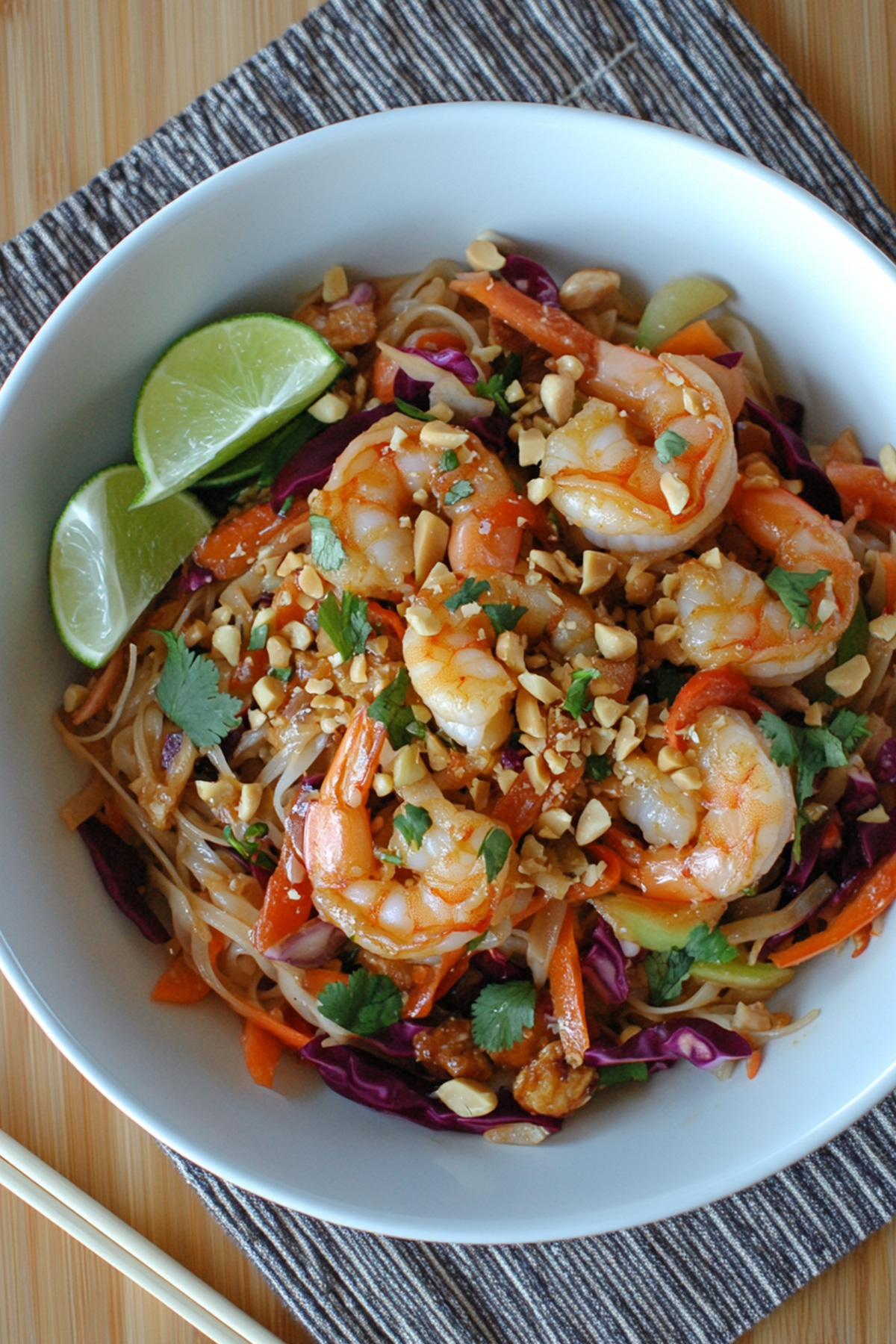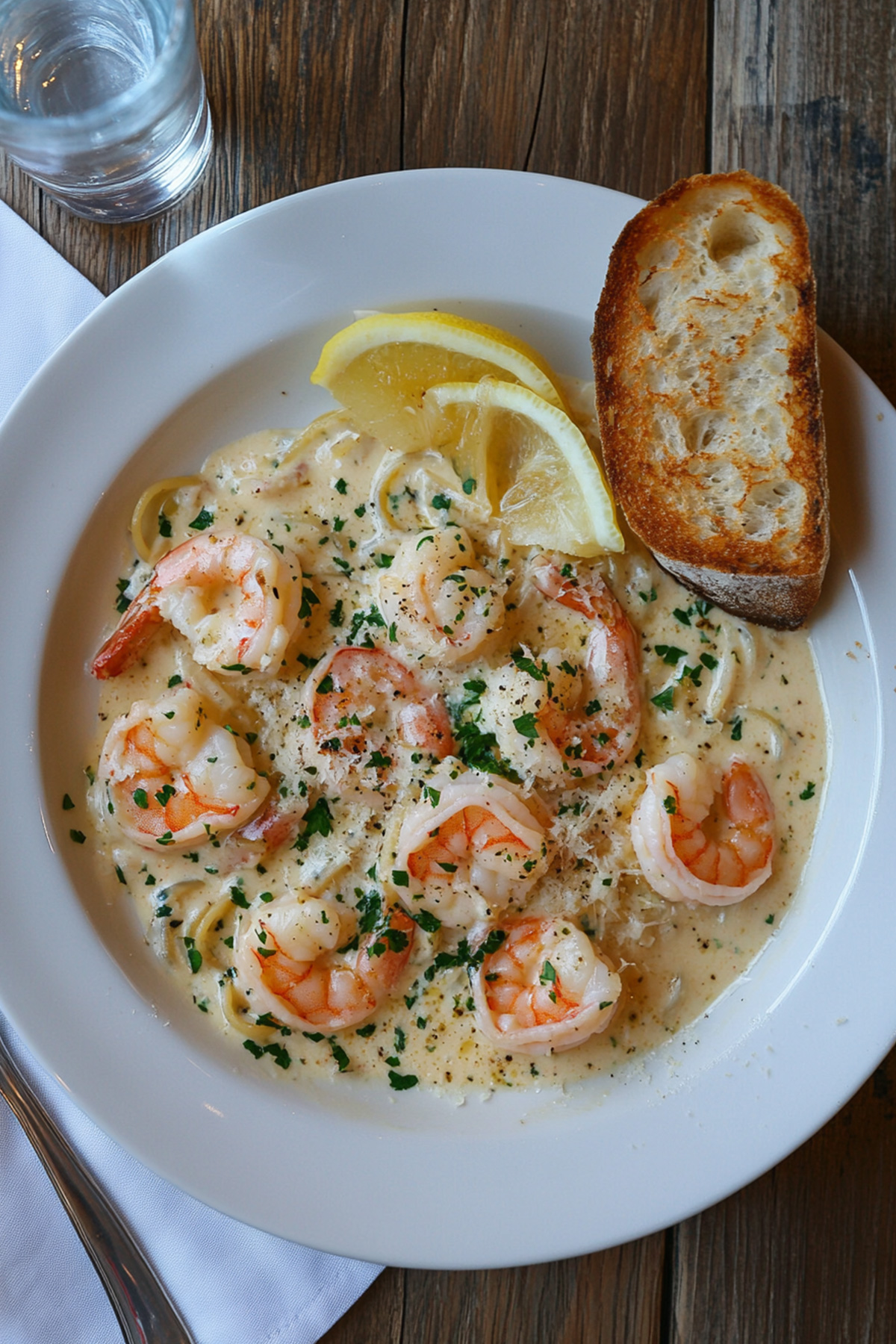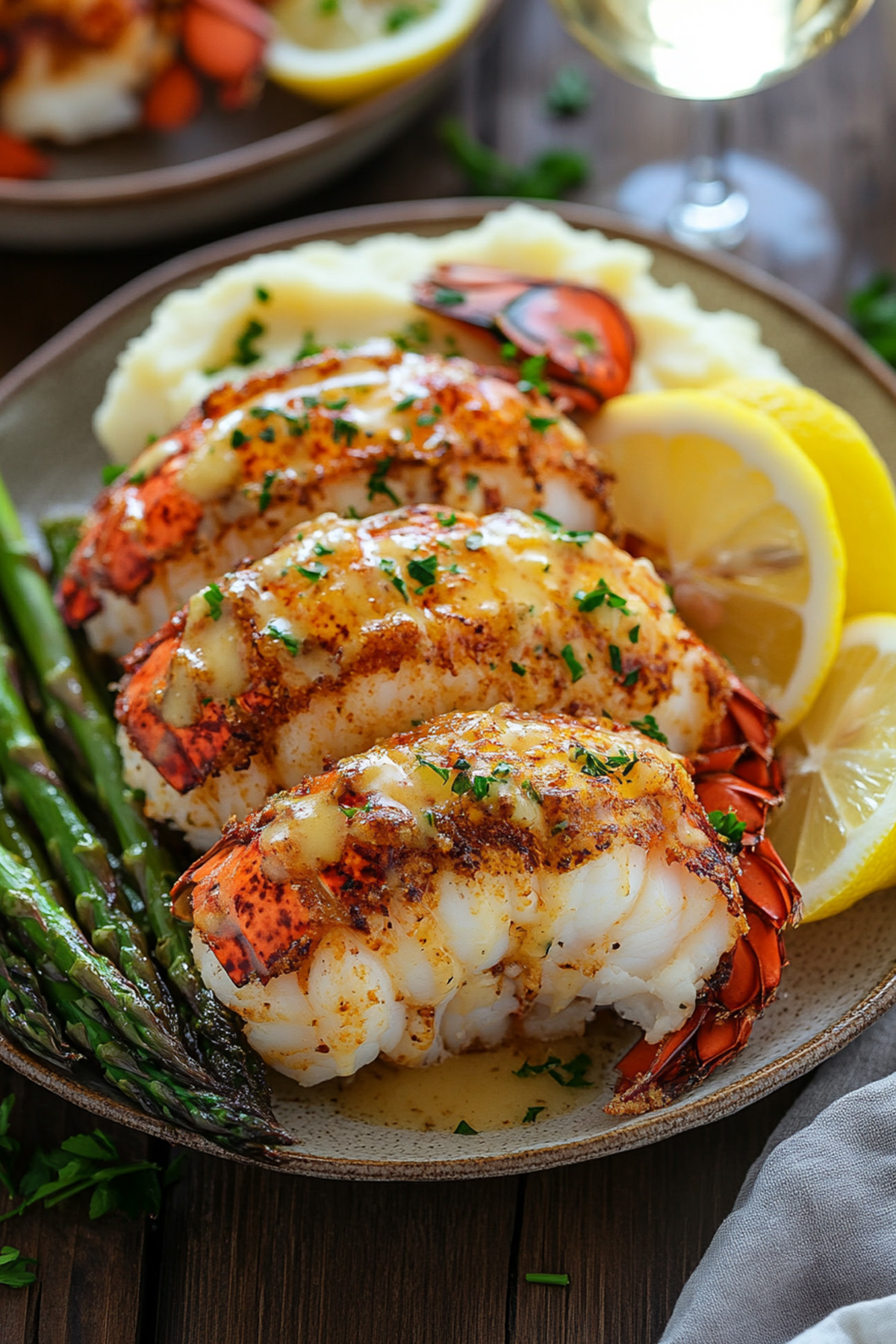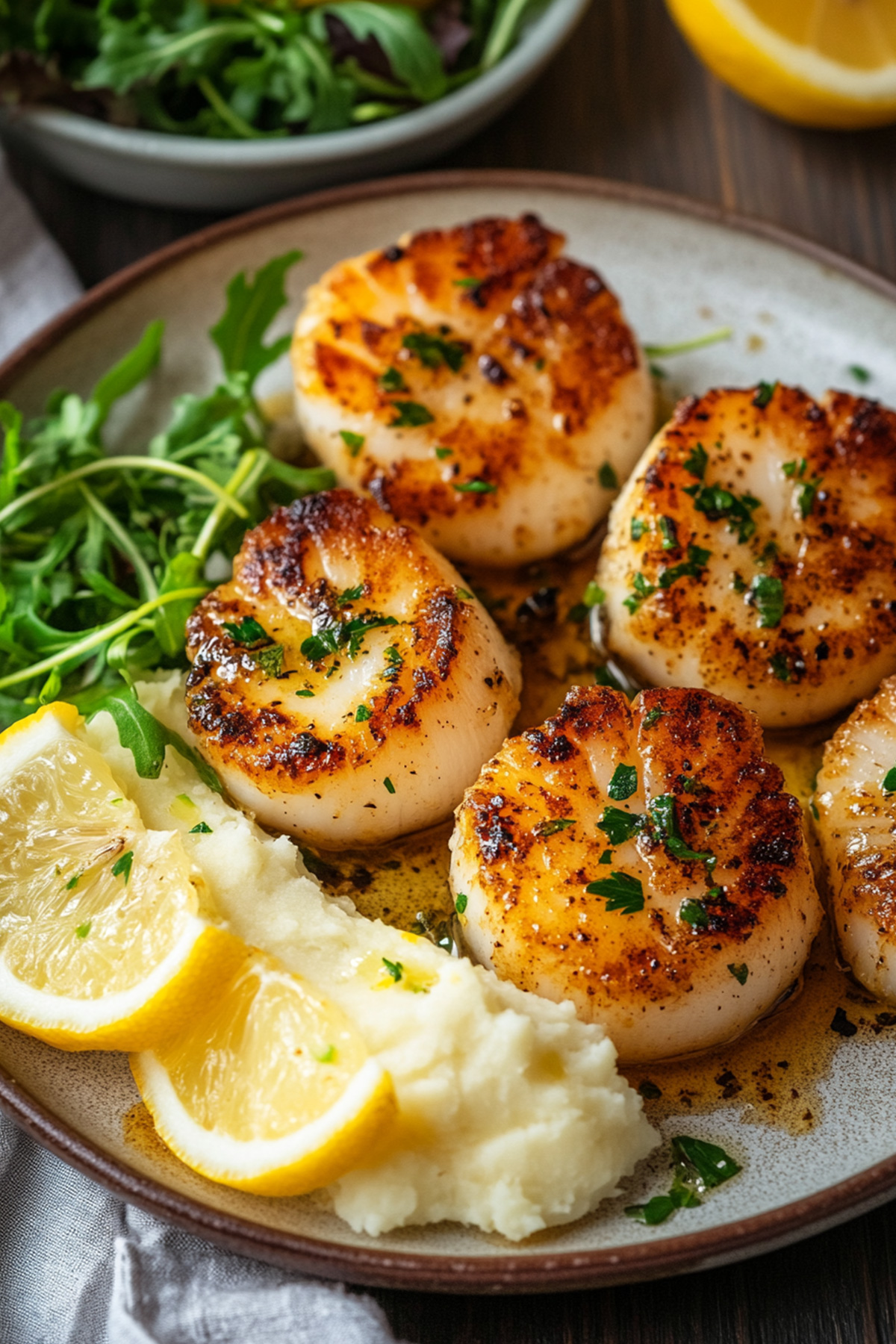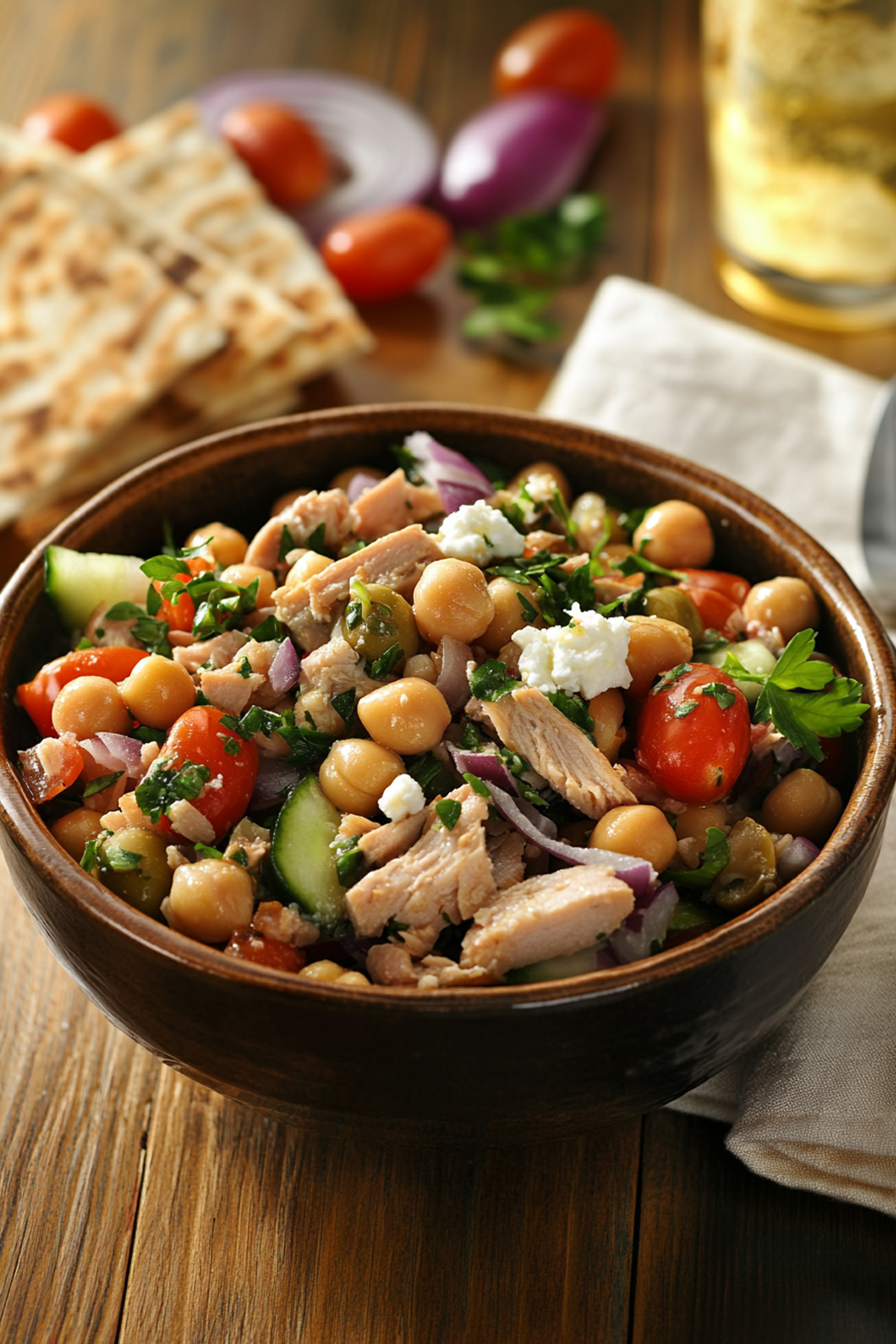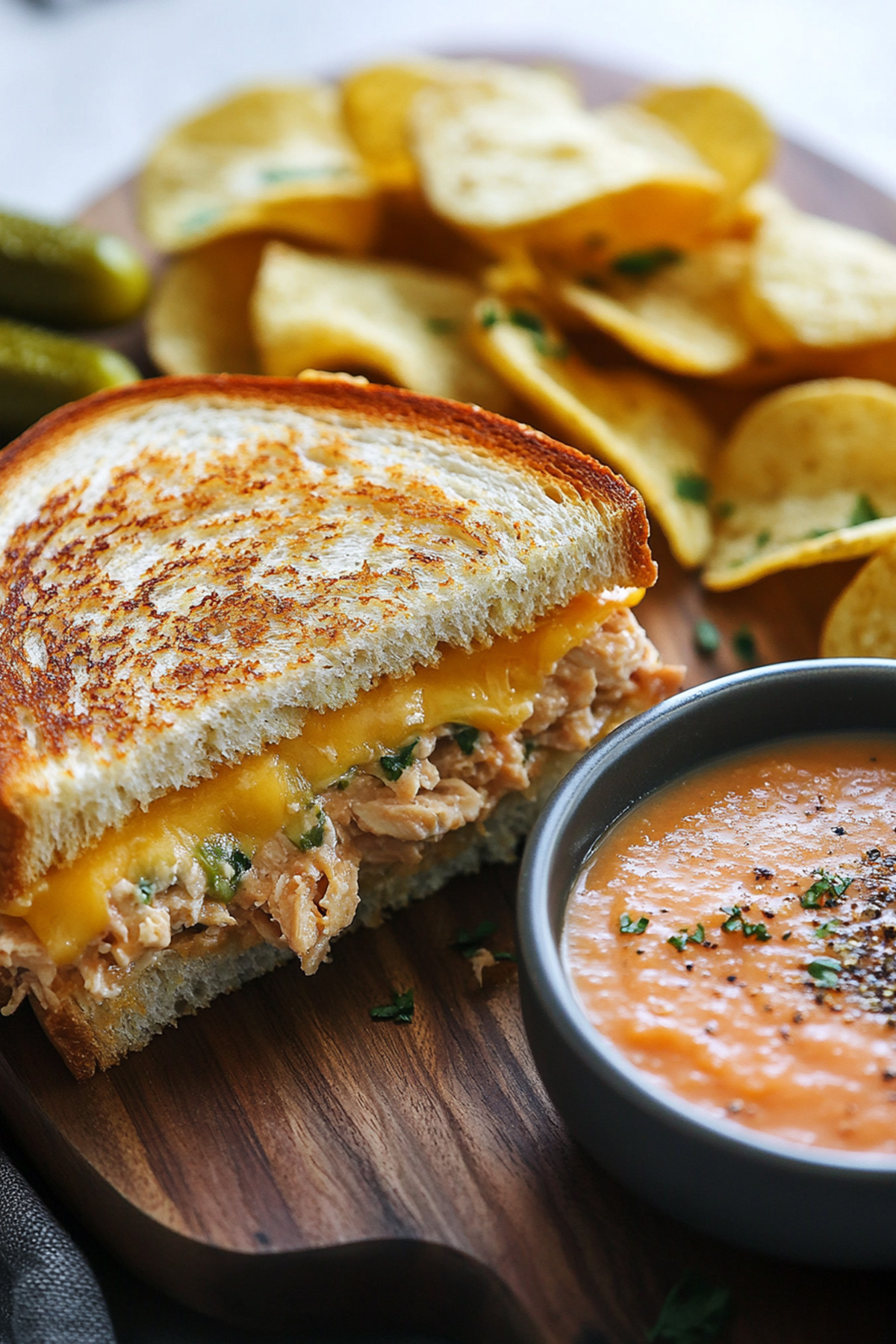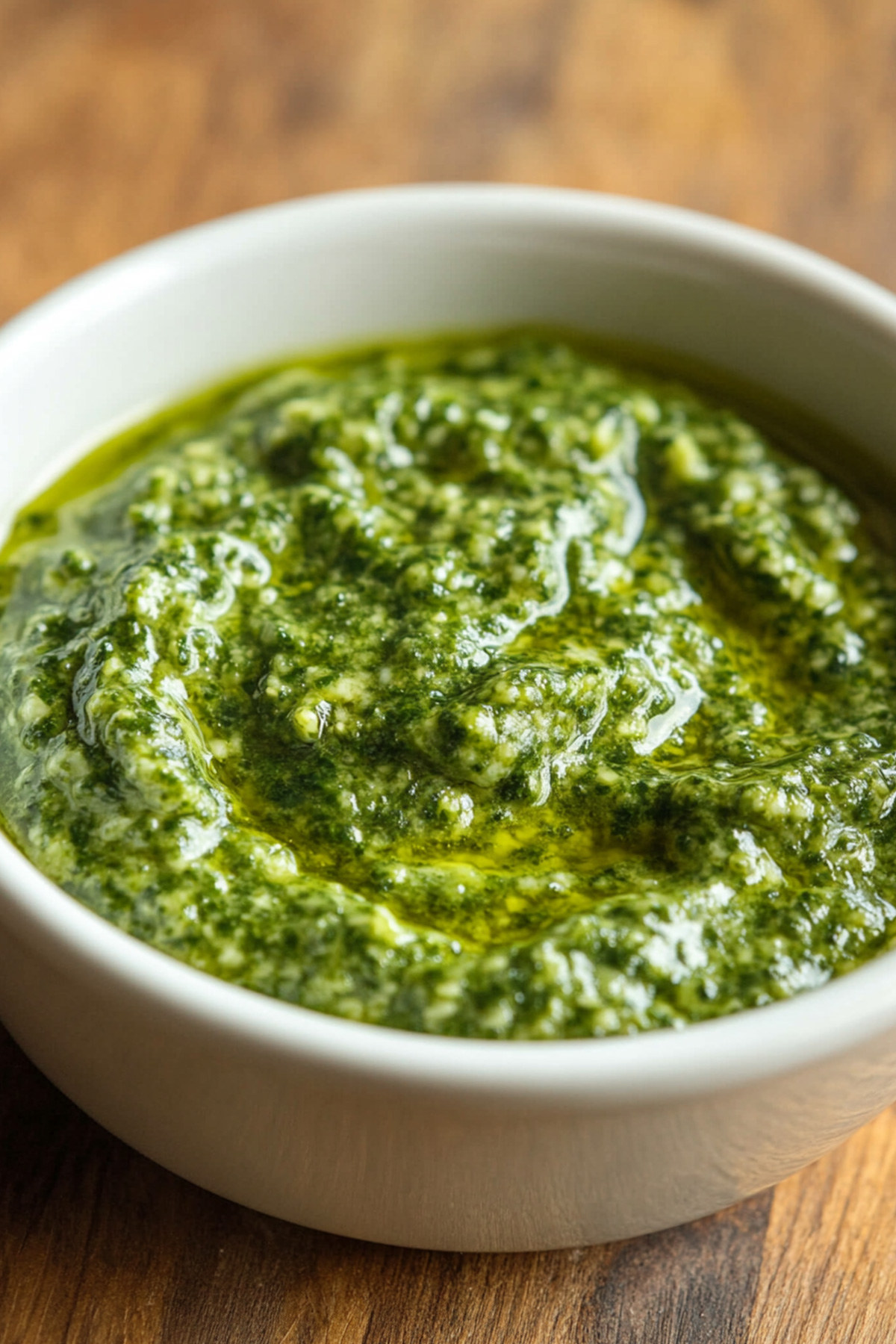Disclosure: As an Amazon Associate and participant in other affiliate programs, we earn from qualifying purchases. We only recommend products we believe will provide value to our readers.
Imagine a warm, fragrant kitchen filled with the irresistible aroma of spices dancing in the air, where every simmer and stir tells a story steeped in tradition. Bengali fish curry, known as Macher Jhol, is not just a dish; it’s an experience that captures the essence of Bengal’s rich culinary heritage. With its vibrant flavors and harmonious balance of ingredients, this beloved recipe offers a delightful fusion of heat and sweetness that sends your taste buds on an unforgettable journey.
In just seven simple steps, you can unlock the secrets to crafting this authentic Bengali delicacy right in your home kitchen. Whether you’re a seasoned cook or simply looking to explore new flavors, this guide will walk you through each phase—from choosing the freshest catch to balancing spices that awaken your palate. Join us as we dive into the world of Bengali cuisine and discover how easy it is to create a flavorful delight that brings family and friends together around the dining table!
Table of Contents
The Essence of Bengali Fish Curry
Bengali fish curry, or Macher Jhol, transcends mere sustenance; it is a vibrant tapestry woven into the cultural fabric of Bengal. This dish, often characterized by its delicate balance of spices and freshness, showcases the region’s deep connection to its rivers and seas. The aroma that wafts from a pot simmering with mustard oil and turmeric transports you to bustling village kitchens where generations of culinary wisdom have been passed down. Each ingredient—be it a river-caught Hilsa or fresh Rohu—tells a story, capturing the essence of Bengali heritage. [source]
What sets this curry apart is not just its distinct flavor but also its adaptability. Traditional recipes fuse with contemporary influences, resulting in variations that cater to evolving palates while honoring age-old customs. In every home, there’s a unique touch; some might enhance their curry with sliced green chilies for heat or add potatoes for heartiness. Beyond its taste profile lies an emotional resonance; preparing Macher Jhol can evoke nostalgic memories of family gatherings, celebrations, and rainy afternoons—all punctuated by laughter shared over bowls brimming with comforting broth. Thus, Bengali fish curry stands as more than just food—it embodies unity within diversity and reflects the richness of life itself.
History: Roots and Cultural Significance
Throughout history, the interplay between roots and cultural significance has shaped identities and traditions in profound ways. In many societies, the importance of ancestral lineage cannot be overstated; it serves as a fundamental pillar upon which communal values are built. For instance, Indigenous tribes around the world often trace their heritage back to specific landscapes, elevating not only familial legacy but also deep-seated connections to nature itself. These ties manifest through rituals and storytelling that preserve age-old wisdom while allowing new generations to absorb lessons from their predecessors.
Moreover, as globalization encourages cultural exchange, many communities find themselves at a crossroads—balancing the retention of unique customs with the influence of broader societal trends. The resurgence of interest in traditional craftwork or culinary practices highlights a conscious effort to reclaim identity amid rapid change. Festivals celebrating these roots provide an evocative backdrop for both younger audiences and global visitors alike, fostering understanding and appreciation for diverse heritages. This dynamic not only fights against cultural erosion but also cultivates pride in one’s lineage—a reminder that our histories are collectively woven tapestries rich with diversity, offering valuable insights into our shared human experience.

Bengali Fish Curry Recipe
- Total Time: 35 minutes
Description
Bengali Fish Curry is a traditional dish celebrated for its rich flavors and aromatic spices. This recipe features fresh fish, typically Rohu or Hilsa, cooked in a mustard oil base that enhances the overall taste. Perfectly paired with steamed rice, this curry is sure to impress your family and friends.
Ingredients
- 500g fish (such as Rohu or Hilsa), cleaned and cut into pieces
- 2 tablespoons mustard oil
- 1 large onion, finely sliced
- 2–3 green chilies, slit
- 1 teaspoon ginger paste
- 1 teaspoon garlic paste
- 1 teaspoon turmeric powder
- 1 teaspoon red chili powder (adjust to taste)
- 2 tomatoes, chopped
- Salt to taste
- Fresh coriander leaves for garnish
Instructions
1. Marinate the Fish
Start by rubbing the fish pieces with salt and turmeric. Allow them to marinate for about 15 minutes to absorb the flavors.
2. Heat Oil
In a pan, heat the mustard oil until it starts to smoke. Once it reaches this point, reduce the heat to medium.
3. Sauté Onions
Add the finely sliced onions to the pan and sauté until they turn golden brown, creating a flavorful base for your curry.
4. Add Spices
Stir in the slit green chilies, ginger paste, garlic paste, turmeric powder, and red chili powder. Cook for about a minute until fragrant.
5. Incorporate Tomatoes
Add the chopped tomatoes to the mixture and cook until they soften and oil begins to separate from the mixture, indicating that your sauce is ready.
6. Cook Fish
Gently add the marinated fish pieces into the pan. Cover and cook on low heat for approximately 10 minutes or until the fish is thoroughly cooked.
7. Garnish & Serve
Once cooked, garnish your Bengali Fish Curry with fresh coriander leaves for an added touch of flavor and color. Serve hot alongside steamed rice for a complete meal.
- Prep Time: 15 minutes
- Cook Time: 20 minutes
- Category: Seafood
- Cuisine: Indian
Common Fish Varieties Used in Recipes
When it comes to cooking with fish, variety is truly the spice of life. Salmon, often celebrated for its rich flavor and omega-3 fatty acids, can be prepared in countless ways, from grilling to poaching. Its versatility also shines through in dishes like salmon tacos or smoked salmon pasta, effortlessly switching between light fare and hearty meals. But don’t overlook alternatives such as trout; its delicate texture pairs beautifully with citrusy glazes or nutty brown butter, proving that sometimes even the less popular choices can steal the spotlight.
Another gem in the seafood realm is cod. This mild white fish adapts well to various culinary styles—from a classic British fish and chips to a zesty baked cod topped with fresh herbs and breadcrumbs. Meanwhile, tilapia offers an economical choice that brings a subtle sweetness to any recipe; it’s perfect for simmering in tangy sauces or encrusting with spices from global cuisines. Each of these varieties not only caters to different palates but also invites experimentation—encouraging cooks to explore flavors that reflect their cultural inspirations while keeping nutrition at the forefront of their meals.
Cooking Techniques: Traditional Methods Explained
Traditional cooking techniques often hold the secrets of a culture’s history and culinary heritage. For instance, the art of fermenting foods is not just a method for preservation; it embodies a symbiotic relationship between food and microorganisms, transforming raw ingredients into complex flavors while enhancing their nutritional value. By incorporating ancient methods like kimchi-making, aspiring chefs can tap into a rich tapestry of taste and tradition that adds depth to modern dishes.
Another time-honored technique is slow roasting, which allows flavors to develop and intermingle over hours of low heat. This method not only enhances the tenderness of meats but also caramelizes sugars in vegetables, creating an inviting aroma that fills the home with warmth. Think of slow-roasted garlic or heirloom tomatoes—ingredients whose intrinsic qualities are unlocked through patience and care. Such techniques invite us back to our roots, encouraging mindful cooking that celebrates ingredient integrity rather than relying on rapid, superficial methods often found in today’s fast-paced kitchens.
Popular Variations: Regional Differences Explored
Regional culinary variations often tell vibrant stories, revealing how geography, culture, and local ingredients shape beloved dishes. For instance, the classic Italian pasta dish assumes multiple identities across regions: while the north boasts creamy sauced pastas like Alfredo or Carbonara emphasizing rich dairy, the south showcases bright tomato-based sauces complemented by fresh herbs. This divergence not only highlights regional preferences but also speaks to historical trade routes that made certain ingredients more accessible.
Likewise, in countries like India where spices and techniques vary widely even between neighboring states, one can explore a variety of biryani styles — from Hyderabad’s fragrant dum biryani to Kolkata’s subtly sweet version featuring a hint of saffron. Each preparation reflects not just individual taste but cultural heritage passed down through generations. These regional differences create an immersive experience for food lovers; tasting a dish gives them a glimpse into the lives and traditions embedded within each flavorful bite. Understanding these variations fosters appreciation for diversity in cuisine and invites culinary enthusiasts to embark on their own explorations of flavors around the world.
Accompaniments: Perfect Sides for the Curry
When it comes to enjoying curry, the right accompaniments can elevate your meal from delicious to extraordinary. One often-overlooked side is a tangy cucumber raita, which not only complements the spices in curry but also provides a refreshing contrast. The coolness of yogurt mixed with crisp cucumber and aromatic herbs like mint or cilantro cuts through the heat and adds a delightful creaminess that balances bold flavors.
Another fantastic option is fragrant basmati rice infused with cardamom and cinnamon. This simple addition serves as more than just a vessel for curry; its delicate aroma enhances every bite, creating an immersive experience that transports you straight to a bustling Indian market. For those looking to add texture, consider crispy papadums—thin, fried lentil wafers that provide delightful crunchiness and make for perfect dipping bites alongside richer curries. Each of these sides not only increases variety on your plate but also invites those lucky enough to share the meal into a harmonious dance of flavors and textures.
Tips for Perfecting Your Fish Curry
To create a truly memorable fish curry, the freshness of your ingredients is paramount. Always choose your fish wisely—opt for firm, fresh varieties like snapper or cod that can hold up to cooking and absorb flavors beautifully. Additionally, don’t shy away from incorporating unexpected spices. While traditional recipes may call for familiar options like turmeric and cumin, try experimenting with fenugreek seeds or even a splash of tamarind to bring an enticing tanginess that will elevate the dish beyond the ordinary.
Texture plays a crucial role in achieving harmony within your curry. Instead of simply adding coconut milk at the end, consider cooking it down with onions and tomatoes to create layers of flavor that meld seamlessly into rich, creamy goodness. Another tip: marinate your fish briefly in yogurt or lemon juice before cooking; this tenderizes the meat while allowing it to absorb aromatic profiles deeply during simmering. Don’t forget about garnishes; fresh herbs like cilantro and mint or toasted nuts can add not just visual appeal but also bright bursts of flavor that excite the palate long after each bite. Embrace experimentation and let your instinct guide you for an unforgettable culinary experience!
Health Benefits: Nutritional Value of Ingredients
Delving into the nutritional value of ingredients reveals a fascinating interplay between nature and health, spotlighting how specific elements can bolster our well-being. For instance, vibrant leafy greens like kale and spinach are not just low in calories but also packed with antioxidants such as vitamins C and E. These nutrients help combat oxidative stress, enhance skin health, and support immune function. The impressive fiber content in these greens also aids digestion and promotes a healthy gut biome, underscoring the holistic benefits of incorporating them into daily meals.
Moreover, superfoods such as quinoa take center stage for their complete protein profile that includes all nine essential amino acids. This grain stands out as an excellent alternative for those following vegetarian or vegan diets, fostering strength without processed substitutes. When paired with nutrient-dense ingredients like avocados—loaded with heart-healthy monounsaturated fats—meals transform from mere sustenance into engines of vitality. Combining diverse components not only enriches flavor but amplifies the synergistic potential of nutrients; when you eat well-rounded dishes brimming with colors and textures, you’re truly feeding your body at its best.
Conclusion: Enjoying Bengali Fish Curry at Home
Savoring Bengali fish curry at home transcends mere cooking; it transforms into a culinary adventure that connects you with the rich tapestry of Bangladeshi and Indian culture. The aroma of mustard oil, punctuated by spices like turmeric and cumin, fills your kitchen, inviting everyone to gather around as stories unfold over steaming bowls. This dish is not just about flavor; it’s an expression of tradition, often passed down through generations, where each family may have its unique twist on the classic recipe.
As you dip pieces of freshly cooked rice into that luscious curry, there’s a delightful reminder that food can be both nourishing and comforting—a vessel for creating memories. Pairing this delicacy with seasonal vegetables or homemade pickles enhances the experience further while reminding us of the symbiotic relationship between nature and cuisine. Ultimately, indulging in Bengal’s fish curry at home isn’t just about feeding the body; it’s about celebrating life’s moments—both ordinary and extraordinary—with every savory bite.
Want to check out another recipe? Check out Amberjack Fish Grilled Recipe.





